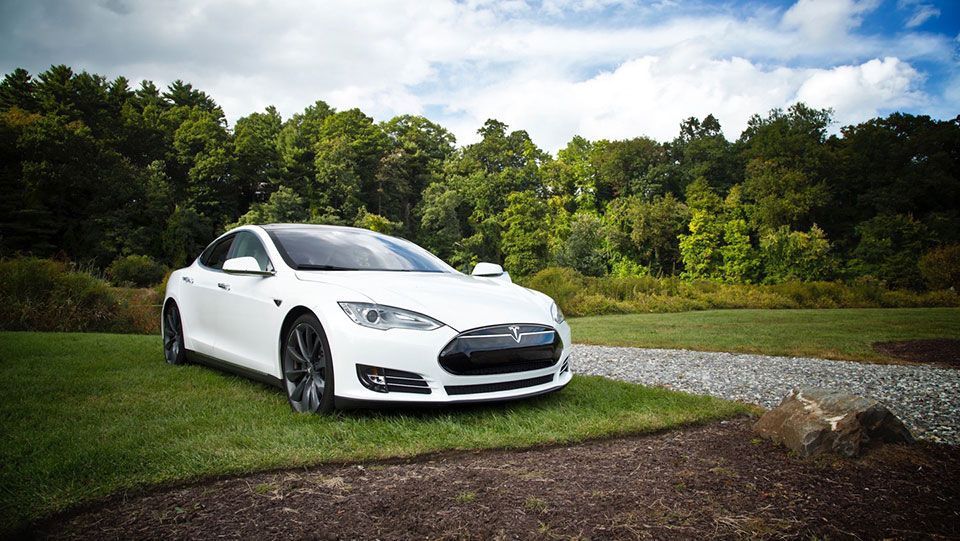Estonia is a country in Northern Europe and the smallest of the Baltic states but the most visited of them. For comparisons, the country is slightly larger than Switzerland or Denmark.
The population is about 1,4 million with Tallinn being the capital and largest city of Estonia. More than 70% of the population lives in the towns. The biggest cities are Tallinn, Narva, Pärnu, Kohtla-Järve, Tartu, and Kuressaare. It has over 1500 islands with the biggest being Saaremaa and Hiiumaa.
Estonia is Lonely Planet’s best value destination in the world in 2016. One of the greenest countries in Europe, Estonia is yet to be discovered, it is often a forgotten European destination. Its Scandinavian neighbors draw way more attention and are a more popular destination.
This small Baltic country actually has a lot to offer, from its historical museums to the medieval castles in the capital of Tallinn.
Here are 10 reasons to put this Baltic European country on your travel list.
There are so many things to do in Estonia – starting with the capital Tallinn – Tallinn’s Old Town is a UNESCO World Heritage Site, Town Hall Square, St. Mary’s Church, St. Olaf’s Church, and many other museums like the Occupation Museum, Estonian History Museum and the Tallinn City Museum. Outside of Tallinn, you can check out the lakes along the Russian border in the East, or the coastline along the Baltic Sea, visit some of the islands.

Colorful architecture
The Estonian’s capital is filled with colorful and distinctive buildings including more than 20 churches. Some of those are the Art Nouveau to Gothic, the Old Town’s varied and colorful architecture, Riga Cathedral and St. Peter’s Church.
These colorful, gabled houses and medieval buildings lined the cobblestoned streets with guard towers along the enclosed city walls have been preserved very well.
History
Estonia’s history has been influenced by foreign countries like Germany, Denmark, Sweden and most recently, the former Soviet Union. The country gained its independence in 1991 and became part of the European Union and NATO shortly after that.
We can still see this multi-cultural history and influence in various museums, churches, architecture, and buildings. Important historical museums are Tallinn’s Guild Hall and Tartu’s Estonian National Museum.
You can explore the Bastion tunnels built by Swedes, or Russian Orthodox Church and a Danish King’s garden in Tallinn, or towns surrounded by city walls and towers and filled with cobblestone streets. History enthusiasts will love Estonia.

Photo credit: Jaan Männik
Lake Viljandi
Lake Viljandi is a lake in Viljandi County, Estonia. The lake lies in the deep primeval valley of Viljandi, depth 11 m, length 4.6 km, width 450 m. Travelers who love hiking can take the trail that goes around the lake and it will take them to the observation platform.
Tallinn Town Hall Square
Town Hall Square has been a market place and the center of this old Hanseatic town since the 13th and 14th centuries. It has been the central hub of the Old Town for more than 8 centuries. A pivotal part of the wider city today, it’s the obvious place to begin your explorations. Charming pastel buildings line the medieval square, but its dominating feature is the Gothic town hall, where you can go inside and take a look around.
In summer it is filled with outdoor cafes, it is a venue for open-air concerts and fairs and more when in winter it becomes a Christmas market.
Maritime Museum
Today, the Maritime Museum is one of the largest museums in Estonia, and the most popular. The Maritime Museum is the institution for collecting, preserving, studying and presenting Estonian maritime culture. Its mission is to promote knowledge about, respect for and love of the sea.
The Museum was founded in Tallinn on the initiative of former captains and sailors in 1935.
Pärnu Beach
The beach is known amongst all the Estonians as the best beach in the country. This long, wide, sandy beach offers volleyball courts, cafes and changing cubicles. A curving path stretches along the sand, lined with fountains, park benches and an excellent playground. Early-20th-century buildings are strung along Ranna pst, the avenue that runs parallel to the beach. Across the road, the formal gardens of Rannapark are ideal for a summertime picnic.

Photo credit: Wikipedia/Vamps
Keila Waterfall
The Keila Waterfall is a waterfall in Northern Estonia on Keila River. It is the third most powerful waterfall in Estonia after Narva and Jägala.
There is a road from the park along the riverbed, crossing two suspension bridges, to the waterfall.
Folk Music Festival
A nice way to get closer to the Estonian culture is by visiting Viljandi’s Folk Music Festival. This is one of the biggest in the Baltics and very popular with a central focus on European folk music. It is traditionally held during the last weekend of July.
Old churches
There are many beautiful churches with their own history. Some of the most impressive ones are St. Paul’s Church in Viljandi, St. Olaf’s Church in Tallinn, Alexander Nevsky Cathedral, Tallinn’s oldest church, the Cathedral of Saint Mary the Virgin.
The reasons to visit Estonia this summer are countless. These are just a few of them.
Want to learn more about sustainable travel? Check our other posts.
If you want to learn more about what not to do when visit Estonia check our post Top 10 Things Not to Do in Estonia.
If you have your own tips on what not do, when you visit Estonia, please share them in the comment below. I would love to hear about your experience.









